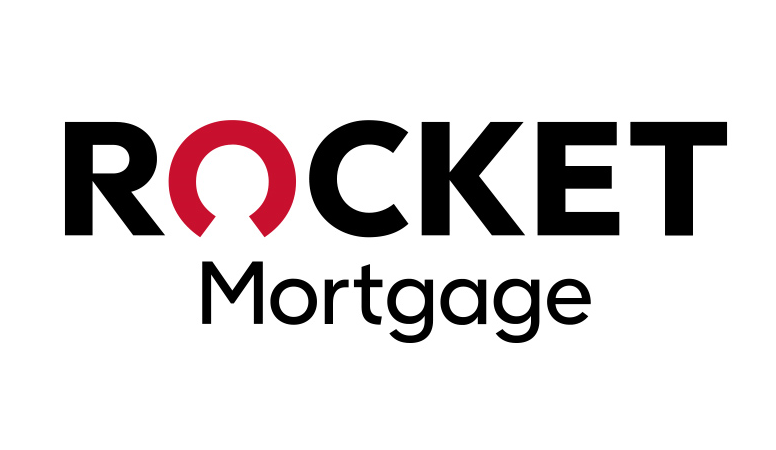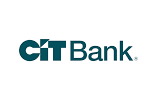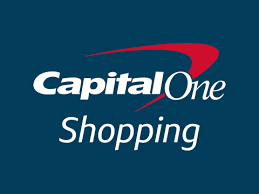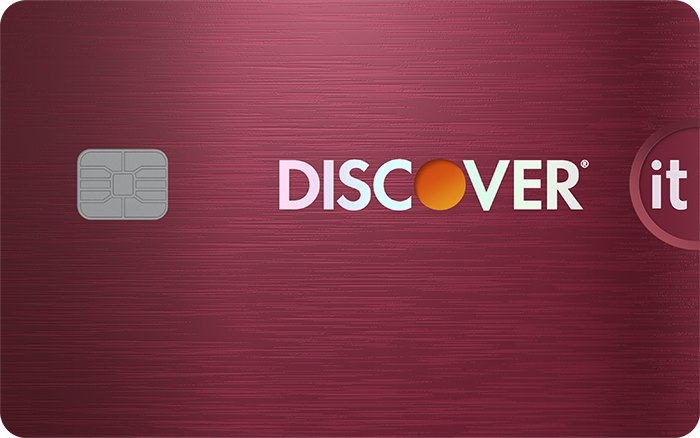Racking up credit card debt feels easy but getting out of it can be a much harder feat.
A recent survey from CreditCards.com found that almost half (48%) of respondents continue to carry credit card debt on a month-to-month basis. Of course, if you don't pay off your credit card balance in full each month, you'll accrue interest charges, which will make those monthly bills just a bit more costly.
However, paying off your credit card can sometimes be easier said than done. Here are the expenses that are contributing the most to credit card holders carrying a balance:
- 46% of respondents say they're carrying a balance because of an emergency expense (i.e., a surprise medical bill, car repair, home repair, etc.).
- 24% say day-to-day expenses, like groceries, childcare and utilities, are the reason they're still carrying credit card debt.
- 11% of respondents said retail purchases, like clothes and electronics, were the main reason for carrying a balance.
- 11% cited vacation and/or entertainment expenses as the main contributor to their credit card balance.
- 7% said some other expense was the reason for carrying credit card debt.
Popular strategies for paying down credit card debt
Of course, paying down credit card debt is easier said than done, especially when you have no choice but to swipe your card for daily necessities. But there are some useful strategies that can make it much easier to manage your balance.
The debt snowball method is one popular strategy for paying down debt faster, and involves eliminating the smallest debt balance first while paying just the minimum on all your other debts. Watching those smaller balances quickly disappear first helps keep you motivated, allowing you to work your way up to the largest amounts until you're completely debt-free.
Another strategy, the debt avalanche method, involves eliminating your highest-interest debt first while making minimum payments on the others and working your way down to the debt with the lowest interest rate. This method helps you save the most money on interest charges.
You might also consider using a balance transfer credit card with a 0% intro APR period to help you make interest-free payments for a limited time. This can be especially handy if interest charges have been making it harder for you to pay down your balance quickly.
The Citi® Diamond Preferred® Card gives you 0% interest for 21 months on balance transfers (after, 16.74% - 26.74% variable). You'll also pay a 5% transfer fee on each balance that you transfer.
The Wells Fargo Reflect® Card offers up to 21 months of 0% APR (after, 15.99% - 27.99% variable). The balance transfer fee for the Reflect card is only 3% if you transfer within 120 days of account opening
Citi® Diamond Preferred® Card
Rewards
None
Welcome bonus
None
Annual fee
$0
Intro APR
0% for 21 months on balance transfers; 0% for 12 months on purchases
Regular APR
16.74% - 26.74% variable
Balance transfer fee
5% of each balance transfer; $5 minimum. Balance transfers must be completed within 4 months of account opening.
Foreign transaction fee
3%
Credit needed
Excellent/Good
See our methodology, terms apply.
Pros
- No annual fee
- Balances can be transferred within 4 months from account opening
- One of the longest intro periods for balance transfers
Cons
- 3% foreign transaction fee
Wells Fargo Reflect® Card
Rewards
None
Welcome bonus
None
Annual fee
$0
Intro APR
0% intro APR for 18 months from account opening on purchases and qualifying balance transfers. Intro APR extension for 3 months with on-time minimum payments during the intro period. 15.99% - 27.99% variable APR thereafter; balance transfers made within 120 days qualify for the intro rate
Regular APR
15.99% - 27.99% variable APR on purchases and balance transfers
Balance transfer fee
Introductory fee of 3% ($5 minimum) for 120 days from account opening, then up to 5% ($5 minimum)
Foreign transaction fee
3%
Credit needed
Excellent/Good
See rates and fees, terms apply.
Debt consolidation is another popular method for paying down debt if you carry balances on multiple credit cards. With debt consolidation, you basically apply for a loan that's enough to cover the total amount of debt on all your credit cards (usually through a personal loan lender). Then, once you're approved, the lender will send the funding amount to your creditors, essentially paying off your credit cards. From there, you'll just be responsible for paying back the loan you borrowed.
This method keeps your debt payments organized since they're consolidated into just one monthly payment, but you can also potentially save on interest since personal loan lenders typically offer much lower interest rates compared to credit card issuers.
The Marcus by Goldman Sachs Personal Loan is one of the best debt consolidation loans out there since this lender will send your funds directly to up to 10 creditors.
Marcus by Goldman Sachs Personal Loans
Annual Percentage Rate (APR)
6.99% to 24.99% APR when you sign up for autopay
Loan purpose
Debt consolidation, home improvement, wedding, moving and relocation or vacation
Loan amounts
$3,500 to $40,000
Terms
36 to 72 months
Credit needed
Good
Origination fee
None
Early payoff penalty
None
Late fee
None
Terms apply.
Other considerations
If you're using a credit card to extend your budget to afford some things like groceries and utilities, it might be a good time to consider asking for a raise or switching to a higher paying job. A credit card provides a temporary option, but increasing your salary can be a more sustainable solution for affording more expensive needs.
A higher income may also help you get out of debt faster since you may have room in your budget to make higher monthly payments.
And when it comes to affording those emergency expenses — like a surprise medical bill or an unexpected car repair — if you haven't already considered starting an emergency fund, now may be the time. An emergency fund can help you take on less debt to cover the expenses you don't see coming.
Most experts recommend an emergency fund that covers at least three to six months' worth of necessary expenses, but setting a smaller goal — like, $1,000 — can be a bit more motivating since it's easier to attain.
Save any cash you're gifted for your birthday or other occasion. Re-evaluate your recurring expenses (like subscriptions) and cancel the ones you don't use or that don't make sense for you anymore. Then take the money you save each month and instead redirect it to a savings account. This will help you build your emergency fund faster. See Select's other tips for finding extra money in a tight budget.
Bottom line
Emergency expenses and daily necessities are currently contributing the most to peoples' credit card balances. This may come as no surprise since the costs of many goods, including groceries, have been increasing over the months and it now costs more for individuals and families to buy some of the same items they typically purchase.
While paying down credit card debt is easier said than done, strategies like the snowball method, avalanche method, debt consolidation and using a balance transfer card can help make managing your debt feel a little more organized.





